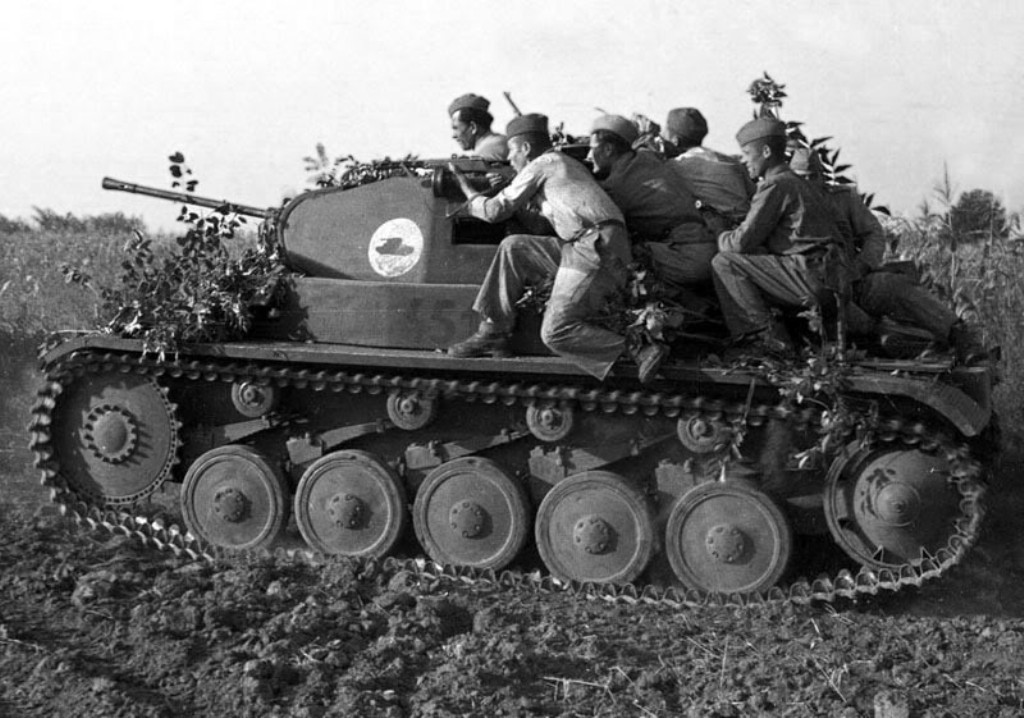

The Leningrad Infantry School (2000 men), the Kingisepp Militia and the Leningrad Gun and MG Infantry School (1900 men) soon concentrated in the area east of the city of Narva. When the German breakthrough began to emerge south of Lake Peipus, the troops of the new line of defense were combined on 6 July to form the Luga Operational Group under General Konstantin Piadyshev's command. 260 of 7 July ordered that the commander of the Northern front immediately transfer the 70th and 177th Rifle Division to the commander of the Northwestern Front. On 6 July, General Konstantin Piadyshev was appointed commander of the new line of defense along the Luga River, and the Northern Front Military Council decided to strengthen the Luga section by transferring the 237th Rifle Division from Petrozavodsk and the 21st and 24th Tank Division of the 10th Mechanized Corps from Karelia.

From the end of June, three divisions of national people's militia were recruited in Leningrad and used to occupy the Luga line. The guideline envisaged the construction of a defensive line between Narva, Luga and Staraja Russa and expanding it to a depth of 10 to 15 km. On 4 July, General Georgy Zhukov, chief of the General Staff, gave the Military Council of the Northern Front instructions to defend Leningrad. The XXXXI Panzer Corps of Georg-Hans Reinhardt was to attack towards the city of Luga, while LVI Panzer Corps of Erich von Manstein was to advance toward Lake Ilmen in a flanking movement.Ĭivilians working on the Luga defensive line in the summer of 1941 On 10 July, it was decided that Panzer Group 4 was to launch a two-pronged attack, without waiting for the slower infantry to arrive. The length of the fighting front was roughly 450 kilometers and advanced a total of 270–300 kilometers due to Soviet withdrawals.īackground and operational plans of the forces involved German plans South of the border demarcation operated the forces of German Army Group Center. In the east the German troops reached the southern shore of Lake Ladoga, south along the Kirisha River to Kirishi, then south along the Volkhov River to Veliky Novgorod, including the city, then along the western side of Lake Ilmen to Staraya Russa, from there to the north end of Lake Vella and from the western boundary of the lake to the north shore of Lake Seliger to the region west of Peno. In the north the land line of operations was limited to the shores of the Gulf of Finland, north of the Gulf Soviet troops were engaged in the Arctic–Karelia strategic defensive and the defense of the Hanko Peninsula.

The campaign was conducted in the area to the northwest of the Kalinin Region to the Baltic Sea. Area covered during the operation Territory The Infantry of the 16th Army was lagging behind the 4th Panzergroup because of the difference in speed, but also because it was asked to support Army Group Center on its right flank. The 16th Army was at that time on the southern flank of the Army Group around the Velikaya River and west of Novorzhev. On 10 July the German 18th Army, helped by the local Forest Brothers, had entered Southern Estonia and was positioned with its left flank occupying positions north of the city of Pärnu, along the Pärnu River through the Võhma District and then south-east to Tartu and Lake Peipus. The Soviet 8th Army was able to break contact and establish new defensive lines farther to the rear of the pre-war borders. The German 18th Army had advanced along the coast and pursued the Soviet 8th Army from its position on the border. On the left flank of the bulge was the XXXXI Motorized Corps and on the right the LVI Motorized Corps. In two and a half weeks, Lithuania and Latvia had been overrun and on 9 July, the 4th Panzer Group had already reached Pskov in Russia and the southern shore of Lake Peipus, with a bulge to the north-east towards Slavkovich. July 10 - November 10, 1941Īfter the start of Operation Barbarossa on 22 June 1941, the German Army Group North, consisting of the 18th, the 4th Panzer Group and 16th Armies, had made a spectacular advance through the Baltic states. Fighting by Soviet troops on the outskirts of Leningrad.


 0 kommentar(er)
0 kommentar(er)
